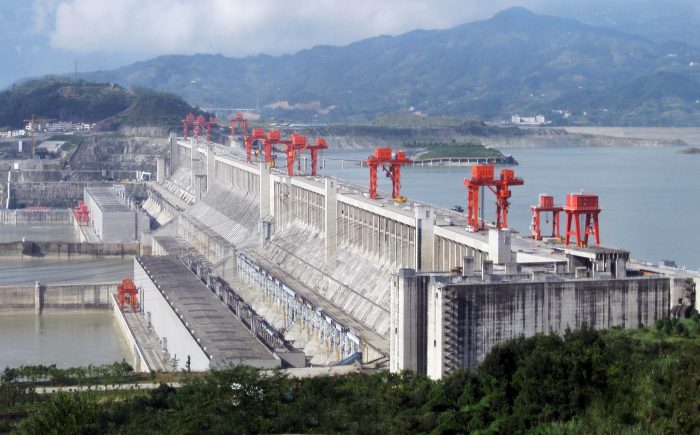Although ordinary Portland cement currently dominates concrete production, there are alternative binders being developed that lower both process and energy-related CO2 emissions.
The primary constituents of ordinary Portland cement are two calcium silicate minerals: alite, which is responsible for early strength gain, and belite, which reacts more slowly and is responsible for later-age strength gain. In ordinary Portland cement, alite is present in greater quantities than belite.
With its higher calcium content, the preponderance of alite results in a cement that requires large quantities of calcium-rich materials (usually limestone) in the raw mix. During the production of clinker, these are heated to the point of breakdown, releasing calcium – which goes on to form the two calcium silicate minerals – and carbon dioxide (CO2), which is emitted in the flue gas.
These process emissions of CO2 represent about 60% of the total emitted by the cement industry – and reducing them is a key industry goal. One of the ways to do so is the development of alternative binders that produce lower or no process emissions during production. Examples include:
- Reactive belite-rich Portland cement (RBPC)
- Belite calcium sulfoaluminate (BCSA) cement
- Wollastonite-based cement
- Prehydrated calcium silicate cement
- Magnesium silicate cement
- Alkali-actived binders
- Biomineralisation

The way in which these alternative binders work varies. Some remain similar to ordinary Portland cement, with calcium silicates at the heart of the hardening process, but (for example) reduce or eliminate the high-calcium alite content. This reduces the amount of limestone required in the raw mix and therefore the amount of CO2 released in the process. Others are almost entirely different, relying on different chemistries or different processes to the high-heat high-energy clinkerisation process that produces Portland cement.
These alternative binders also differ in their level of development. Some have a history going back decades and are already in commercial use, albeit not in widespread application; some are more recent developments or require much more study before their true potential can be assessed.
One of the most interesting alternative binder concepts are those that set through carbonation (i.e. absorbing CO2), such as wollastonite-based cement, rather than hydration, as ordinary Portland clinker does. These effectively capture the CO2 emitted during their production as they set and harden in concrete, creating a low-carbon or carbon neutral construction material.
Each of these alternative binders comes with its challenges, however. But while the complete replacement of ordinary Portland cement may not be possible, any reduction in its use will ultimately help reduce the carbon intensity of the industry as a whole. The development of these alternatives – even for niche applications – therefore remains valuable to the long-term sustainability of the cement and concrete industry.